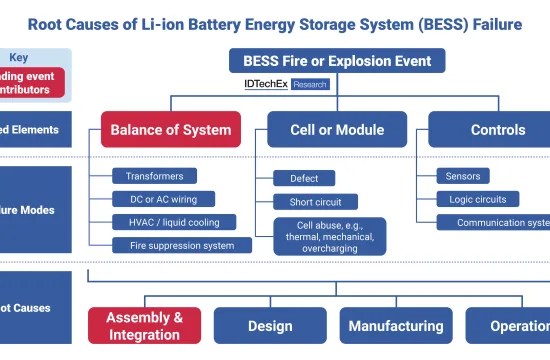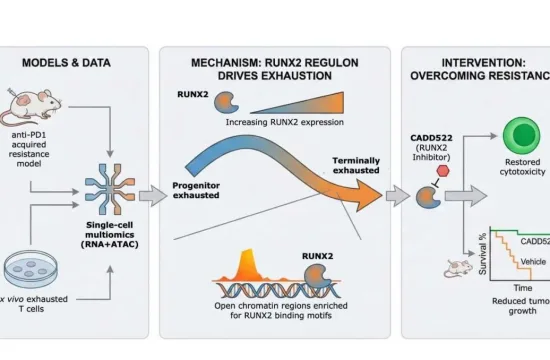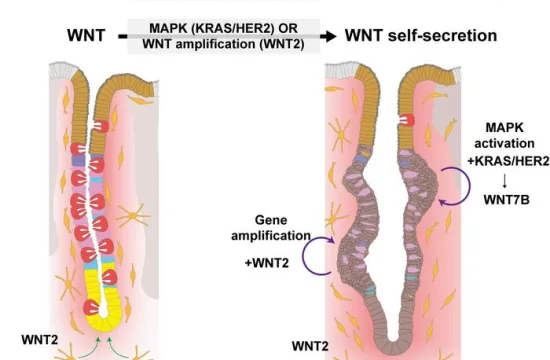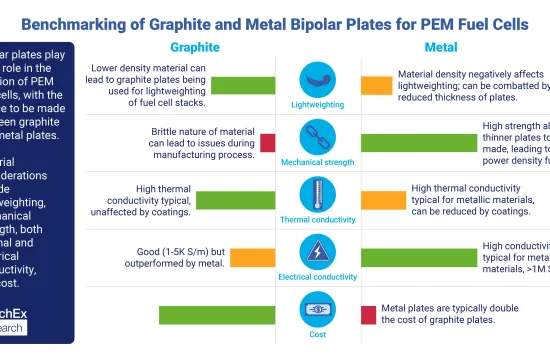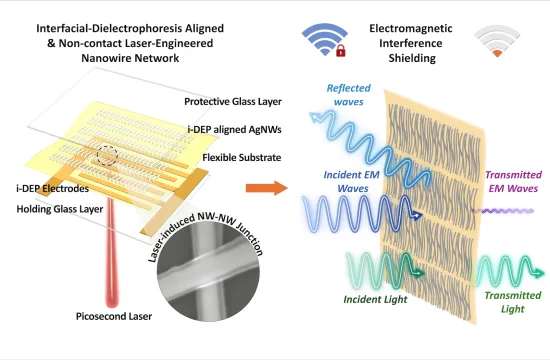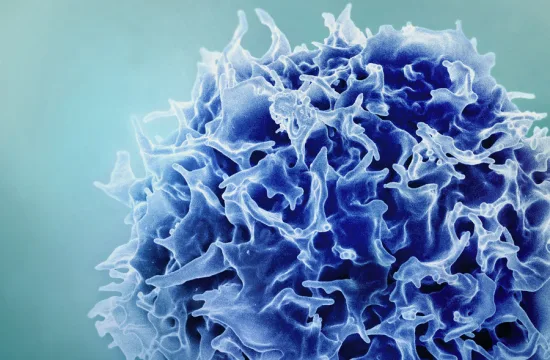|
Getting your Trinity Audio player ready...
|
$13.1 million for 16 new awards part of NSF’s support for integrative, fundamental brain research and the BRAIN Initiative
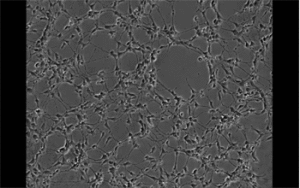
Credit: Arun Mahadevan, Qutub Lab, Department of Bioengineering, Rice University
How does sleep affect individual memories? How do brain cells connect to form meaningful networks? How is a word like “chair” conceptualized in the mind?
To support potentially transformative research in neural and cognitive systems, the National Science Foundation (NSF) has awarded 16 grants to multidisciplinary teams from across the United States.
Each award brings together scientists and engineers from diverse fields to investigate brain-related mysteries. The awards fall within two themes: neuroengineering and brain-inspired concepts and designs, and individuality and variation. Each provides up to $1 million over two to four years.
“These new projects will explore big, exciting ideas in neuroscience to push hard against the boundaries of what we know,” said Betty Tuller, NSF program director in the Social, Behavioral and Economic Sciences Directorate, who will help oversee the awards.
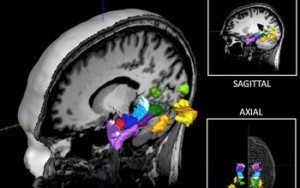
Credit: Aude Oliva, MIT
Understanding the brain
The awards stem from the cross-disciplinary NSF Integrative Strategies for Understanding Neural and Cognitive Systems program, which supports innovative, integrative, boundary-crossing approaches necessary to advance brain science. They are the result of the program’s first solicitation for research proposals, released in fall 2014.
“These teams are building on creative ideas from within and beyond neuroscience,” said Kenneth Whang, NSF program director in the Computer & Information Science & Engineering Directorate, which co-funds the awards. “We’re seeing some dynamic new research collaborations that will have huge impacts on fundamental questions, and on what we can discover or invent in the future.”
The NSF directorates for Engineering and for Education and Human Resources also support the awards. NSF will announce new research themes soon, along with a call for new proposals.
These new awards will contribute to NSF’s significant investments in support of the BRAIN Initiative, a coordinated research effort that seeks to accelerate the development of new neurotechnologies that promise to help researchers answer fundamental questions about how the brain works.
The principal investigators for the new awards are as follows:
Neuroengineering and brain-inspired concepts and design
- Amina Qutub of Rice University, Identifying design principles of neural cells
- Sydney Cash of Massachusetts General Hospital and Nian Sun of Northeastern University, Nanomagnetic Stimulation Capability for Neural Investigation and Control
- Rajesh Menon of University of Utah, Imaging synaptic activity deep in the brain using super-resolution cannula microscopy
- Behnaam Aazhang of Rice University and Nitin Tandon of University of Texas HSC Houston, Micro-scale real-time decoding and closed-loop modulation of human language
- Charles Gilbert of Rockefeller University, A circuit theory of cortical function
- Richard Andersen of California Institute of Technology,Charles Liu of University of Southern California, and Kapil Katyal of Johns Hopkins University, Research in cognitive neuroengineering
- Yiyang Gong of Duke University, Real-time optical readout and control of population neural activity with cellular resolution
- Aude Oliva of MIT, Algorithmically explicit neural representation of visual memorability
Individuality and variation
- Steven Chase of Carnegie Mellon University, The structure of neural variability during motor learning
- Joshua Gold of University of Pennsylvania, The role of noise in mental exploration for learning
- David Warren of University of Utah, Sensory-motor integration via recording and stimulating arm nerves
- Kenneth Norman of Princeton University and Ken Paller of Northwestern University, Sleep’s role in determining the fate of individual memories
- Jose Contreras-Vidal of University of Houston, Assaying neural individuality and variation in freely behaving people based on qEEG
- Ping Li of The Pennsylvania State University, Reading in the brain: Integrative approaches toward first and second language comprehension
- Hava Siegelmann of University of Massachusetts Amherst and Lilianne Mujica-Parodi of SUNY Stony Brook, Individual variability in human brain connectivity, modeled using multi-scale dynamics under energy constraints
- Zhong-Lin Lu of Ohio State University and Mark Steyversof University of California, Irvine, Understanding individual differences in cognitive performance: Joint hierarchical Bayesian modeling of behavioral and neuroimaging data


